North-Vision Tech Handheld-100 User manual
Other North-Vision Tech Medical Equipment manuals
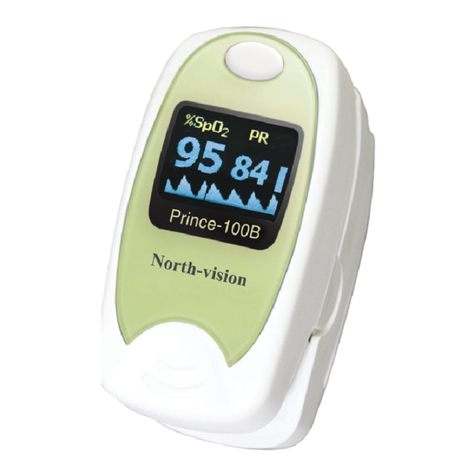
North-Vision Tech
North-Vision Tech Prince-100B User manual
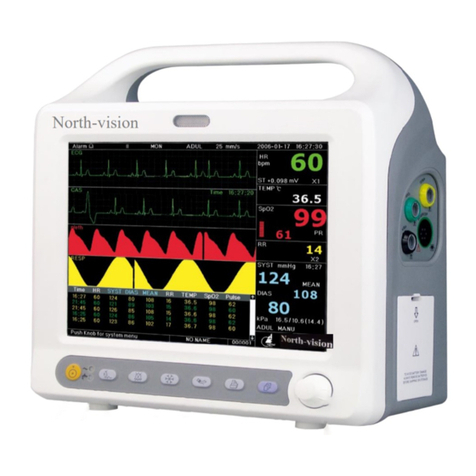
North-Vision Tech
North-Vision Tech Elegant-1100 User manual
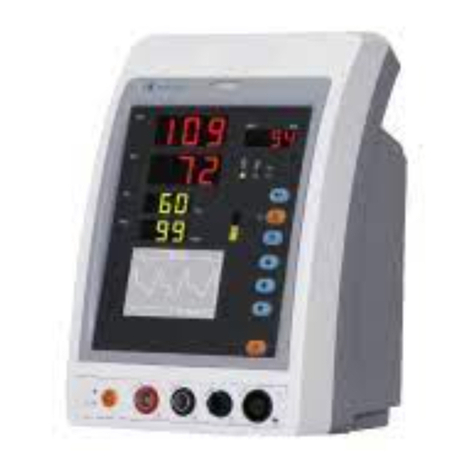
North-Vision Tech
North-Vision Tech Deluxe-80 User manual

North-Vision Tech
North-Vision Tech Deluxe-100 User manual
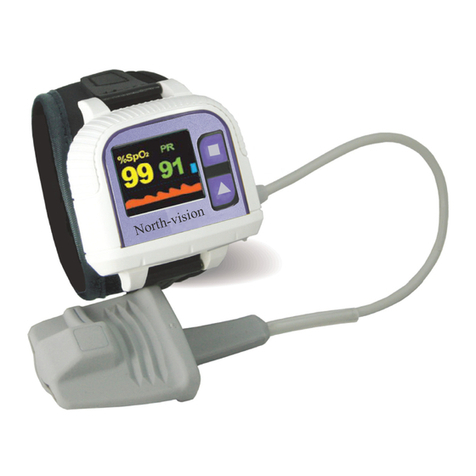
North-Vision Tech
North-Vision Tech Wrist-100 User manual
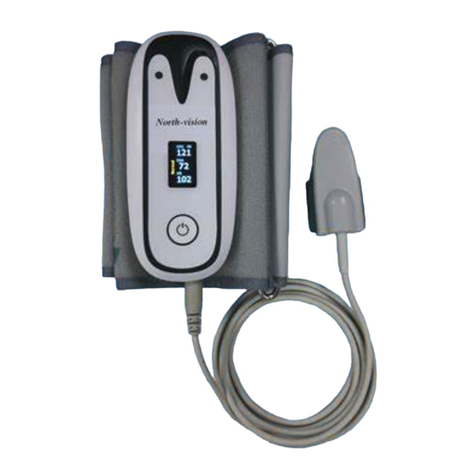
North-Vision Tech
North-Vision Tech Elegant-1010 User manual
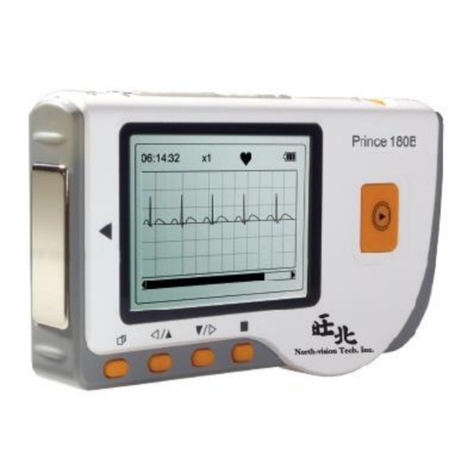
North-Vision Tech
North-Vision Tech Prince 180B User manual
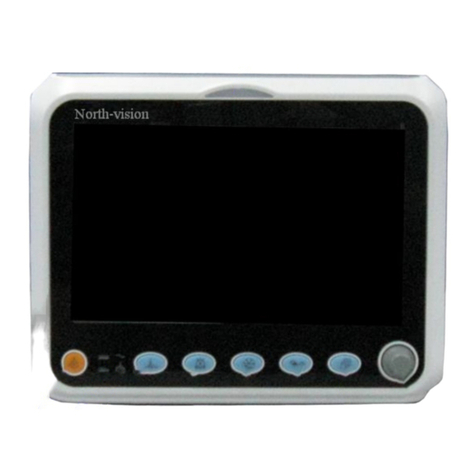
North-Vision Tech
North-Vision Tech Elegant-1070 User manual
Popular Medical Equipment manuals by other brands

Getinge
Getinge Arjohuntleigh Nimbus 3 Professional Instructions for use

Mettler Electronics
Mettler Electronics Sonicator 730 Maintenance manual

Pressalit Care
Pressalit Care R1100 Mounting instruction

Denas MS
Denas MS DENAS-T operating manual

bort medical
bort medical ActiveColor quick guide

AccuVein
AccuVein AV400 user manual
















